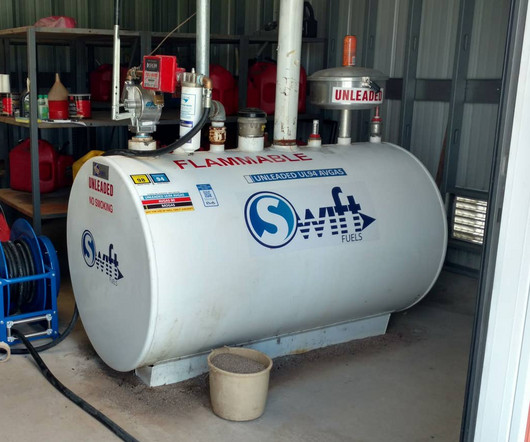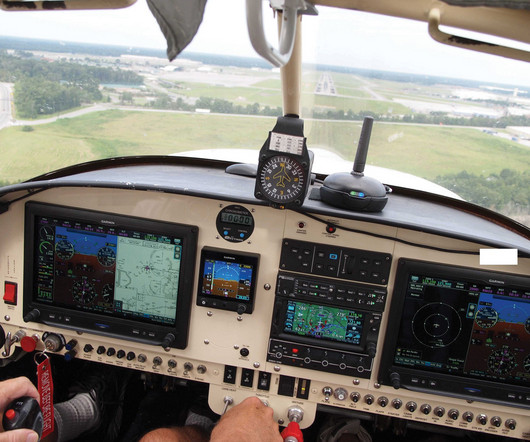AOPA Offers Advice For Securing Aircraft In A Storm
AV Web
OCTOBER 8, 2024
The Aircraft Owners and Pilots Association (AOPA) has responded to numerous requests from members for advice on how best to prepare an aircraft for surviving extreme weather, such as the hurricanes that are savaging the U.S. Windows and doors should be firmly latched and engine inlets, pitot tubes, and static ports covered.











Let's personalize your content